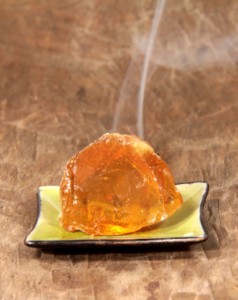 What wonderfully complex liquids essential oils are! They’ve been used since ancient times in multiple systems of medicine as well as for the sheer pleasure of them. Most commonly acquired through steam distillation, authentic essential oils are seeing a Renaissance of sorts, as people look towards natural means of helping support a widening variety of ailments. According to Perry and Perry in a 2006 paper, even the Bible makes implied references to nearly 200 aromatics that were used for “mental, spiritual and physical healing.”
What wonderfully complex liquids essential oils are! They’ve been used since ancient times in multiple systems of medicine as well as for the sheer pleasure of them. Most commonly acquired through steam distillation, authentic essential oils are seeing a Renaissance of sorts, as people look towards natural means of helping support a widening variety of ailments. According to Perry and Perry in a 2006 paper, even the Bible makes implied references to nearly 200 aromatics that were used for “mental, spiritual and physical healing.”
So we are we today, in terms of the science behind the effects of inhaled essential oils, often referred to as the “psychopharmacology” of essential oils? Not surprisingly, due to the highly subjective nature of testing the efficacy of essential oils, as well as the simple fact that there’s not a ton of money to be made from testing results with essential oils, trials are scarer than one might imagine. Also, with such a large variability in the quality and composition of essential oils, this can cause difficulties when trying to discern their effects quantitatively in terms of scientific measurements.
But some facts are emerging. One key fact is that it is now generally agreed upon by numerous studies is that essential oils, when “administrated orally, by means of subcutaneous injections, dermally, or by inhalation do reach and adequately cross the blood-brain barrier.” Wow.
As an example, let’s take a look at citrus-based aromas. A wide range of citrus-based essential oils, including orange and lemon, are thought to have powerful anti-depressant properties. In 1995, a study by Kimori showed conclusively that the inhalation of citrus-based essential oils on depressed patients (in need of antidepressants), “reduced the needed antidepressant doses; but moreover, inhalation of the oil by itself was anti-depressive.”
Equally as exciting is a study by Shaw in 2007. Here, he found that Lavender Oil, when inhaled, demonstrated measurable decreases in anxiety levels. Bradley in 2007 also confirmed these findings in a separate study that showed an increase in exploratory behavior by gerbils when exposed to Lavender Oil. The Lavender Oil used in both studies was very high quality, and was tested to contain 25% of linalool, and 46% of linalyl acetate. We specifically chose the Lavender Oil we offer here on EOX because of it’s similar composition of the two above substances.
And these are just a couple of the numerous scientific studies that can be found in relation to Lavender Oil (and many others). In my “Scientific Proof of Essential Oil Effectiveness”, I discuss more studies that show the effectiveness of various essential oils. What all these studies are telling us is what traditional practitioners have known since ancient times: Essential Oils, as aromatherapy, have measurable effects on the human body and mind. Even though there are just a handful of studies on a few extraordinarily popular essential oils, this does point to a reliable trend; that essential oils in general, in their complexity, have a very complex way of interacting with the human body and psyche as well.
What’s equally as exciting, is that more and more studies are starting to be conducted in relation to individual components of essential oils. One example is “linalool”. It’s a funny name, but it occurs in a number of plants, and in high quantities. Bergamot, Lavender, Lemon Balm, Lemon Grass, Peppermint, Rose, and Rosemary are all examples of plants and essential oils that contain linalool.
And, as you know from reading this article, linalool has been conclusively shown to reduce stress and anxiety in both humans and rats. Not surprisingly, in traditional and folk medicine, the linalool-producing species of plants are often used as sedatives, calming, and anti-anxiety remedies in aromatherapy. I know that anyone who has experienced the amazing and tangible effects of various essential oils don’t need to be told these facts, but it is nice to be validated every once in a while.
And, scientific study after scientific study confirms what us practitioners already knew!
Now that we have solid evidence as to the effects of inhaled essential oils, do we yet understand the mechanism behind those effects? This is where things get a little more complicated. It does seem that different essential oils definitely have measurable effects that differ greatly from one another. It also seems that the quality of the essential oil has an immense amount to do with the intensity and overall effectiveness of these effects. When we factor in the subjective responses of test subjects, as well as a copious amount of information in the literature, a few things become very apparent:
- Do you research, and buy only high quality oils. I’m proud to say that EOX has only therapeutic-grade oils, and that every oil we offer comes with a Certificate of Analysis and Authenticity
- Trust your senses when working with essential oils. As long as the information you’ve gathered is agreed upon by the herbalist community, or has solid scientific evidence to support it, don’t be afraid to experiment, to blend, to try out essential oils in a variety of situations and circumstances. That’s part of the joy of essential oils!
Thanks for taking the time to read this. I know there are countless resources available out there, and I do my best to provide unique information that is practical. Mountains of information is one thing, but learning quickly how to apply that information in our daily lives is the goal of every one of my posts here at EOX.
Namaste,
Keith
REFERENCES:
Bradley, 2007.
Perry and Perry, 2006.
Shaw, 2007.

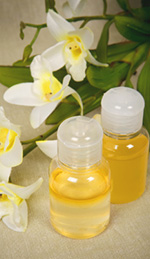
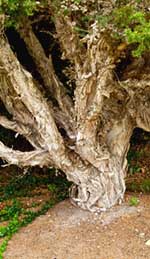
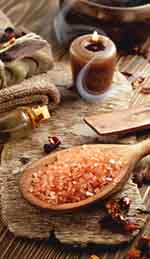
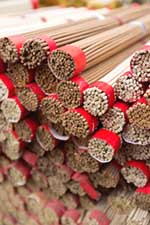

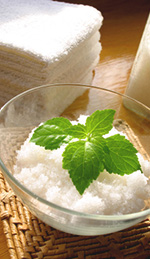
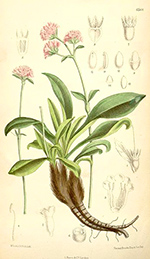
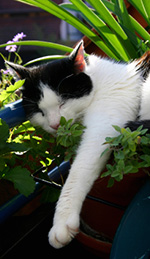
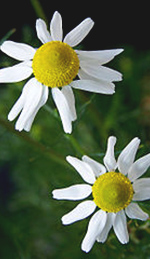
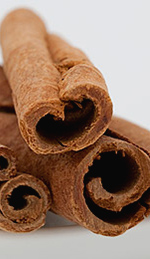
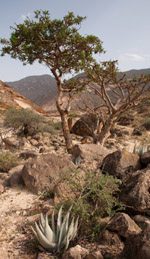 A ceremonial incense of divinity, the tree resin Boswellia serrata (frankincense) and its essential oil derivative have historically been used to ward off evil spirits and connect humans to divine spirits and realms. It is primarily a popular incense and perfume, but is also used in cosmetics and skin treatments with some indication that it may fight cancerous cells – although this is a claim that has yet to be affirmatively and scientifically proven.
A ceremonial incense of divinity, the tree resin Boswellia serrata (frankincense) and its essential oil derivative have historically been used to ward off evil spirits and connect humans to divine spirits and realms. It is primarily a popular incense and perfume, but is also used in cosmetics and skin treatments with some indication that it may fight cancerous cells – although this is a claim that has yet to be affirmatively and scientifically proven.